-
Kurashiki Ichie
Japanese Cuisine
Kurashiki Ichie believes every season and every guest present a once-in-a-lifetime opportunity. Drawing on skills learned at some of Kyoto’s most famous establishments, the chef seeks to fuse that tradition with the local produce of Okayama to create a unique fine-dining experience. While not every ingredient is local, the restaurant sources only from trusted purveyors in Kurashiki, striving daily to craft extraordinary feasts that far surpass the typical meal and induce exclamations of delight from diners.
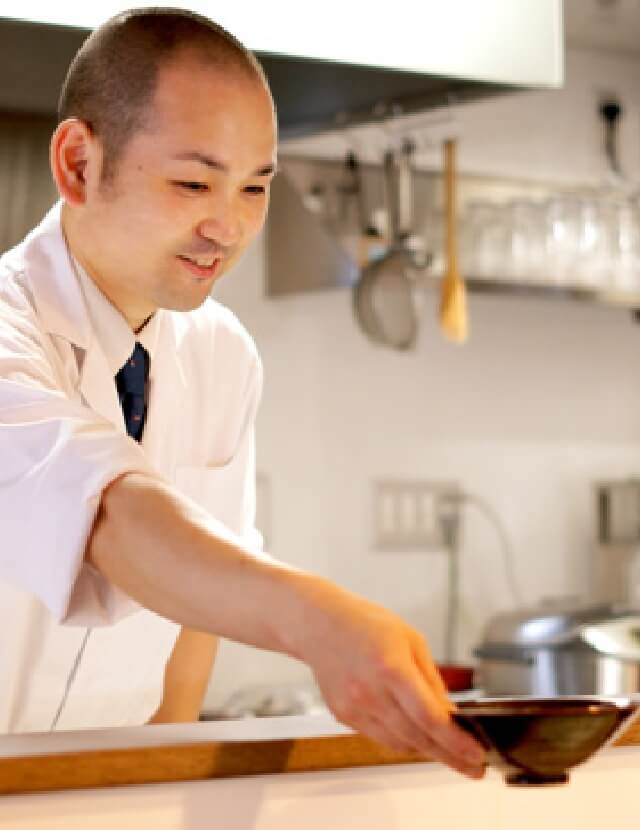
chefHayato Akiyama Profile
Born in 1982, Akiyama lived in Kurashiki until he finished high school and moved to Osaka to attend culinary school. After graduation, he worked at venerable kaiseki restaurants in Kyoto, including Kyoryori Kinobu and Terakawa. In April 2012, he returned to his hometown to open Kurashiki Ichie.

chefHayato Akiyama -
Rentenchi
Italian
Established in 1978, this venerable osteria offers Italian cuisine with a particular focus on Sicilian fare. Located near the Bikan Historical Quarter, a convenient 7-minute walk from Kurashiki Station, the red brick building exudes an Old-World ambiance not unlike the small mom-and-pop osterias of Palermo. To the best Sicilian imports, the chef adds seafood from the Seto Inland Sea, Okayama wagyu beef, and local organic produce, while the sommelier selects pairings from a cellar of more than 50 types of Italian wine. Signature dishes include the antipasto misto piled with traditional Sicilian starters, pasta with homemade karasumi mackerel roe, sfincione from the wood-fired oven, and local meat and fish slow roasted to perfection. Following the chef’s goal of offering hearty favorites in hearty potions, Rentenchi strives to serve Italian food you’ll want to eat every day.
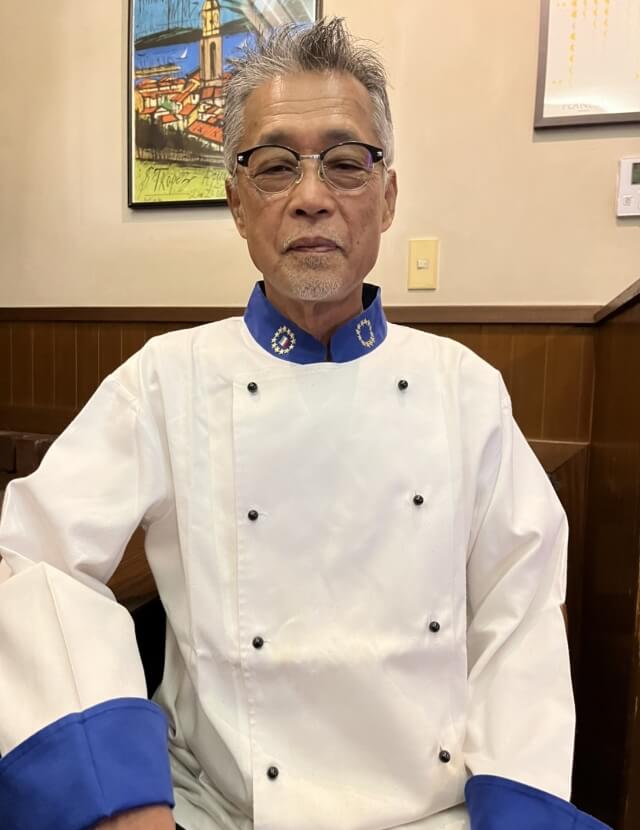
chefYasunobu Matsuura Profile
Chef Matsuura left the business world in 1973 to begin training at a friend’s restaurant. He then opened Rentenchi in 1978 as a simple pasta restaurant. After his marriage in 1985, he focused on elevating the authenticity of his food, traveling to Italy every year to further his education. Starting with Rome, he’s gone on to explore the wines and cuisines of Frascati, Orvieto, Naples, Bari, and Alberobello, among other destinations. His first fateful trip to Sicily was in 1997, where he fell in love with the climate, the warmth of the people, and especially the food. Since then, he returns every year to dig deeper into Sicilian gastronomy and find new inspiration for his restaurant.

chefYasunobu Matsuura -
Kumo
Japanese Cuisine
Kumo is next to the Kurashiki Museum of Folkcraft. Staffed by passionate fans of mingei or Japanese folk art, the restaurant offers a culinary experience immersed in that world. Like sister restaurant Bricole, the cuisine uses kelp stock and local ingredients from Okayama and the Seto Inland Sea, bringing their natural flavors to the fore.
The name of the restaurant means ‘cloud,’ a reference to the overlap of the ordinary and the extraordinary in mingei in the same way clouds conceal the sun. It’s also a nod to the influential literary coterie known as Shirakaba-ha, or the White Birch Society, for whom clouds were a symbol of freedom.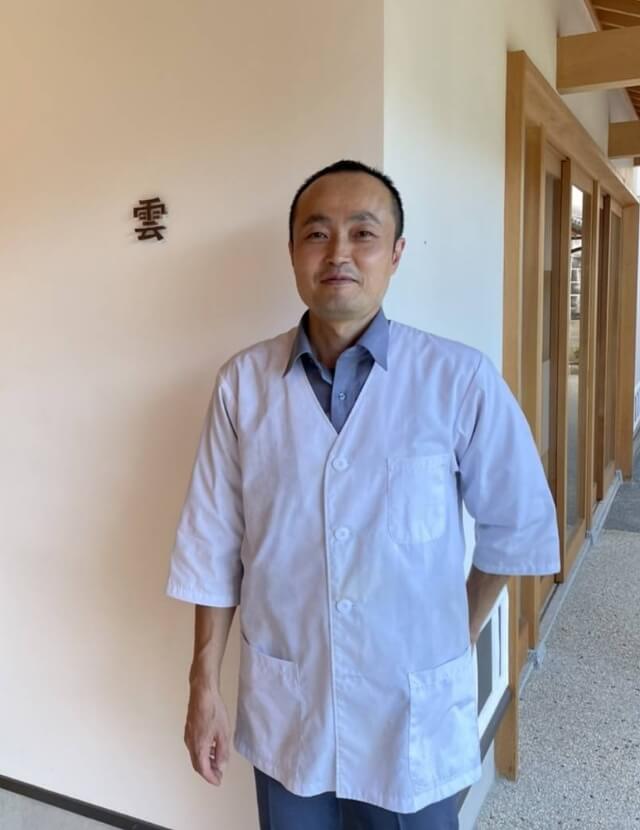
chefYoshihiro Hayashi Profile
Born in Chiba City, Chiba Prefecture. After graduating university, he tried various jobs, including office worker, apprentice pâtissier, and department store clerk before falling in love with Japanese cuisine in his 30s and deciding to become a chef. He trained for 7 years at a famous shojin ryori (Buddhist cooking) restaurant in Tokyo, as well as other Japanese restaurants in the capital. On a fateful visit to Rusai Doshin, he met chef Kenzo Yanaga and was deeply impressed by the depth of his vegetable cuisine. He began working at the restaurant on his days off in order to learn those techniques and came to Okayama when Yanaga opened Kumo.

chefYoshihiro Hayashi -
Bricole
Japanese Cuisine
With umami-rich kelp stock as the base, Bricole serves locally inflected Japanese cuisine using ingredients from Okayama and the Seto Inland Sea in an elegantly designed, award-winning interior.
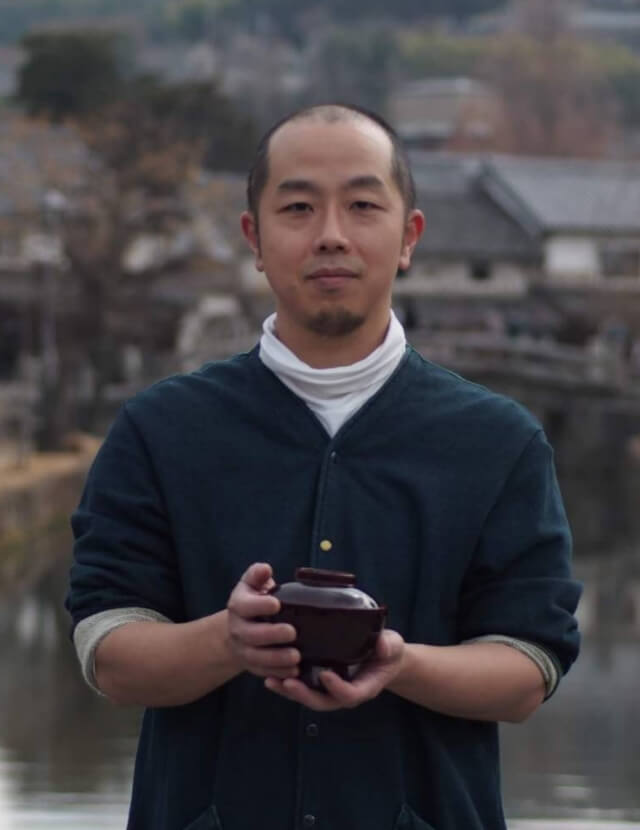
chefKenzo Yanaga Profile
Native of Kurashiki, Okayama. After graduating high school, he trained at restaurants in Iwakuni, Hiroshima, and Kyoto before heading to Tokyo. After a stint at Ginza’s Chiso Sotakku, he opened Rusai Doshin in the nearby Shintomicho. After 7 and a half years, he returned to Kurashiki and opened Bricole in the Bikan Historical Quarter, adding sister restaurant Kumo in the spring of 2022.

chefKenzo Yanaga -
Hashimaya
Italian
Hashimaya is a southern Italian restaurant in an atmospheric little neighborhood called Oku-Kurashiki in the Bikan Historical Quarter. It occupies the original premises of the kimono store chef and owner Shintaro Kusudo’s family has been running for six generations. He strives to create a restaurant that will be loved by locals and visitors alike by allowing the building’s long history to live on in another genre. In an interior at once modern and authentic, he uses wood fire to prepare food as enjoyable to the eyes and nose as to the mouth, led by the richness of ingredients birthed from the local soil and gathered from the surrounding sea and mountains. Every day, he creates a menu anew, matching it with family ceramics crafted from the same local soil, maintaining a connection to the locale and to previous generations with every painstakingly crafted dish and thoughtfully chosen wine. Everyone at Hashimaya devotes themselves day in and day out to the creation of a completely unique dining experience through their collective creativity and passion.
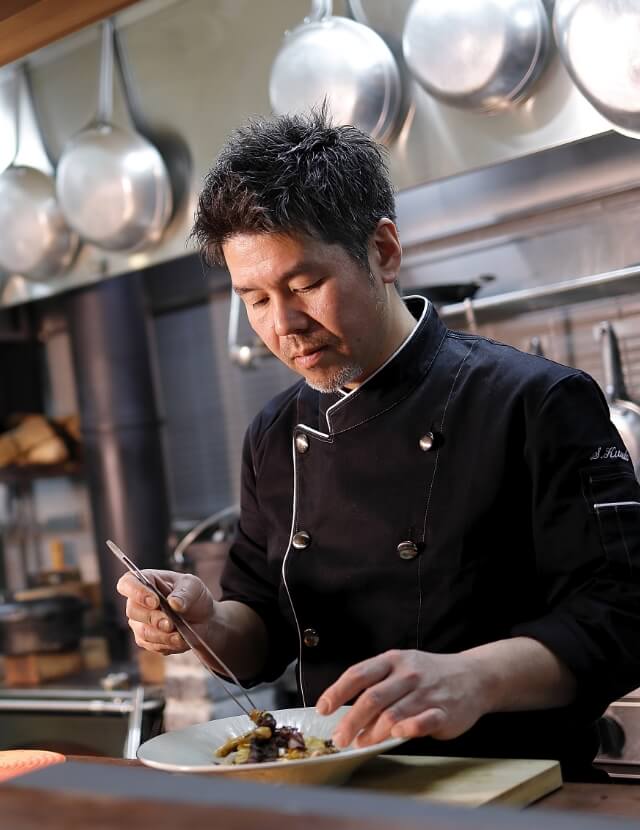
chefShintaro Kusudo Profile
A Kuroshiki native, Kusudo became interested in languages at the age of 15 and moved to France, where he developed a deep fascination with Western cuisines. After graduating university, he entered the culinary field, working at a famous hotel in the Kansai region. It was there that he studied and fell in love with southern Italian fare. He opened Hashimaya in his hometown of Kurashiki in 2010. He acquired a sommelier certification to better pair wines with his dynamic menu and is constantly striving, along with his staff, for new levels of excellence. Listed in Gault et Millau 2020, Michelin 2021.

chefShintaro Kusudo -
Hamayoshi
Japanese Cuisine
Hamayoshi strives to give an authentic experience of Kurashiki through its cuisine. Using local dishware and local seasonings, the chef pairs local sakes with local specialties like mackerel, sardinella, octopus, conger eel, and yellow garlic chives. Guests are invited to try Kurashiki soulfood like pickled sardinella fillets and barazushi, a colorful version of sushi in which the rice is topped with fresh seafood and vegetables. Founded in 1985, Hamayoshi is located just a 1-minute walk from the Bikan Historical Quarter and 8 minutes from the station.

chefAkio Takayoshi Profile
After training in Osaka, he returned to his father’s restaurant, Hamayoshi. After running the Mamakari-tei branch for a time, he took over the family business.

chefAkio Takayoshi
One-of-a-Kind Dining Experiences at Ryokan Kurashiki
Ryokan Kurashiki is proud to announce the start of Kurashiki Local Dining Experience, a new dining option for guests staying multiple nights that will allow them to leisurely explore the many charms of the Bikan Historical Quarter, including its world-class restaurants. For the first night, the inn will proudly serve their own traditional kaiseki course, offering guests the full ryokan experience. On subsequent nights, guests can choose from a list of the neighborhood’s best establishments personally curated by Ryokan Kurashiki’s proprietress, with the inn handling all the reservations and personally escorting guests to their meal if desired. At Ryokan Kurashiki, Bikan’s picturesque canals and historic townscape will be the elegant background for a series of truly unforgettable dining experiences.
*Meal charge included in the hotel rate, drinks and additional orders paid separately at the restaurant.
*Restaurant bookings subject to availability.



